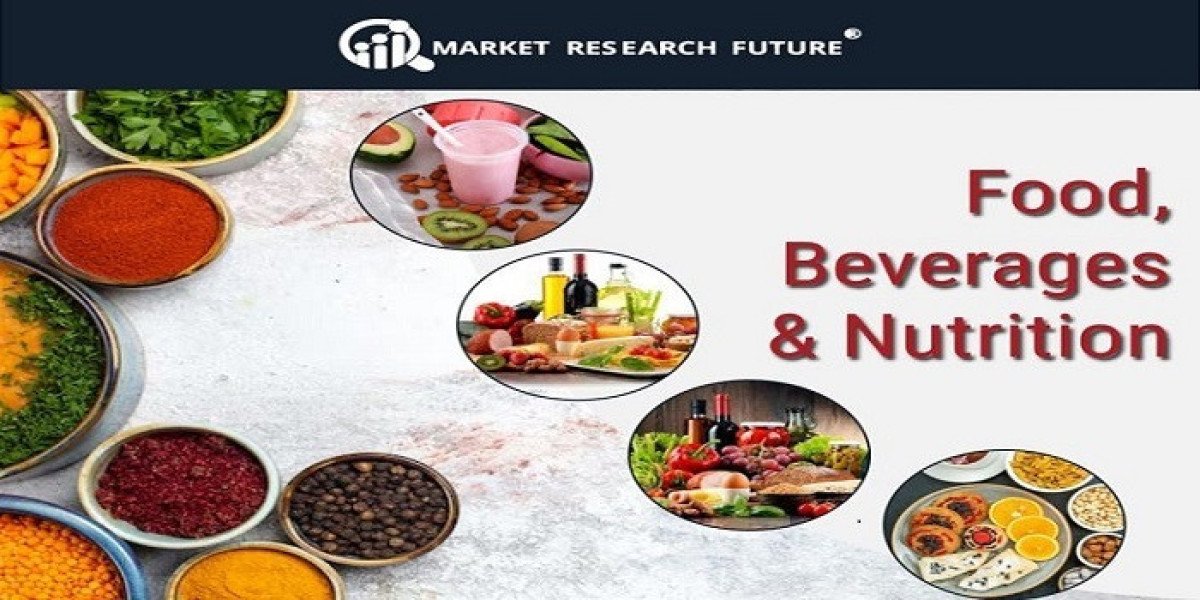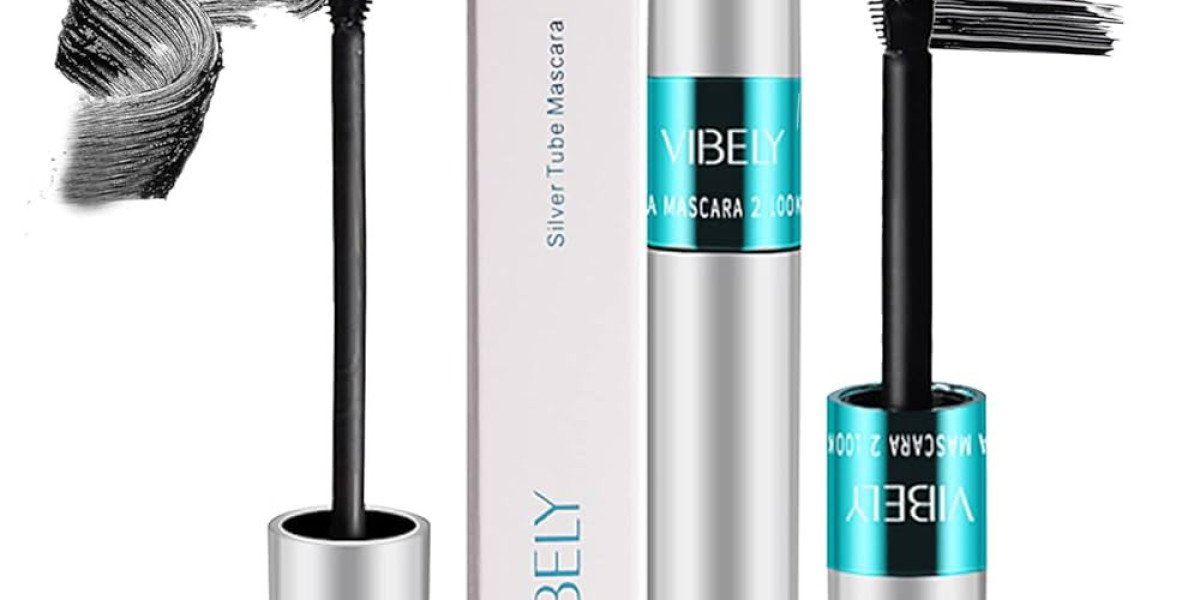In modern consumption culture, indulgence and health are no longer opposing forces but joint demands. The sugar-free confectionery market sits at that intersection: treats that deliver sweetness and experience, but without added sugar. According to MRFR, the global sugar-free confectionery market was valued at around USD 2.43 billion in 2024 and is projected to reach approximately USD 4.04 billion by 2034, growing at a compound annual growth rate (CAGR) of ~5.2% during 2025-2034.
What’s driving the growth?
Health & wellness consciousness: With rising obesity, diabetes and sugar-related health concerns, more consumers are seeking confectionery alternatives that fit healthier lifestyles. MRFR highlights the increasing prevalence of obesity and diabetes as key drivers.
Indulgence without compromise: Consumers still want sweets — chocolates, candies, gums — but with fewer sugar “penalties”. Sugar-free options offer the feel of indulgence while aligning with low-sugar or calorie-aware routines.
Innovation in sweeteners & format: Advances in sugar substitutes, sugar alcohols (like maltitol, xylitol) and processing technologies make sugar-free treats more palatable and intriguing. MRFR notes increased investment in sugar-alcohol use.
Segment expansion & accessibility: Sugar-free products aren’t niche anymore—they’re being stocked in major retail channels and offered in multiple formats (sweets, chocolates, chewing gum, candy nuts).
Market size & implications
2024 market size: ~USD 2.43 billion.
Forecast 2034: ~USD 4.04 billion.
While not as large as the entire confectionery market, this category offers higher-growth potential and premium positioning opportunities for brands.
For brands, this means investing in sugar-free lines, communicating health-plus-indulgence stories, and securing shelf space and online visibility.
What brands should focus on
Product development: Create sugar-free chocolates, candies, gums that match taste & texture of sugar-containing equivalents.
Marketing & positioning: Emphasise “guilt-free treat”, “less sugar, same fun”, “diabetic-friendly indulgence”.
Distribution strategy: Ensure availability in mainstream retail (so sugar-free is visible to mass market) and online (for niche/health-conscious segments).
Regional growth: While much of current demand is mature markets, emerging markets are ripe for expansion as health awareness increases.
Conclusion
The sugar-free confectionery market is more than just a niche alternative—it’s a strategic growth category for confectionery brands. With strong forecasted growth, increasing consumer demand for healthier indulgence, and room for flavour, format and ingredient innovation, now is the time for brands to act. The winners will deliver great taste, strong brand messaging and accessible distribution.









